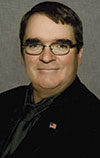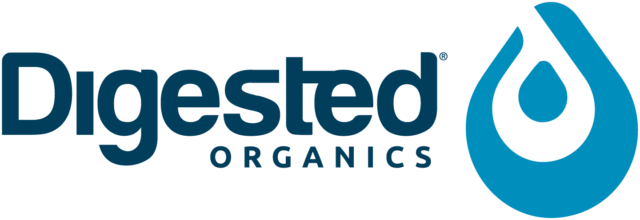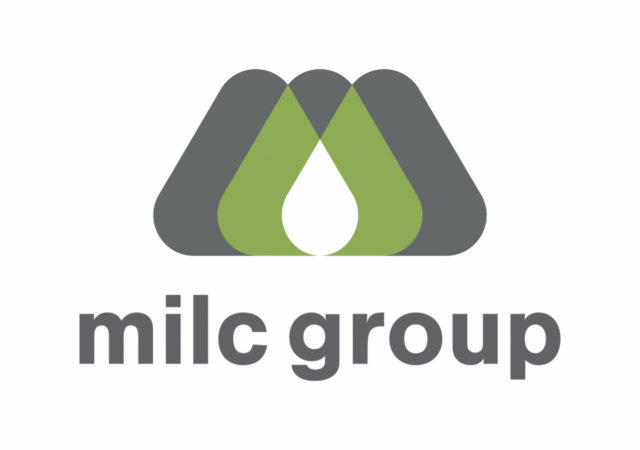Growing up during the Depression and World War II instilled a strong sense of conservative values while also knowing that working together was more productive than working alone.
He never held a public office, yet he was a true leader. He had a lot of charisma and knew how to bring people together. His skills and keen vision left a lasting impression on many aspects of the dairy industry.

He served as director of our St. Albans Cooperative Creamery for 25 years and was president for 17 years. He was appointed by three different governors to the Vermont Milk Commission, where he was instrumental in the creation and success of the Northeast Dairy Compact, among many other organizations.
Being involved with promotion was a natural fit for him, and being among the leaders who created a foundation for today’s checkoff was an honor he enjoyed. He served on the National Dairy Promotion and Research Board (NDB) from 1994 to 2000, holding the roles of vice chairman and chairman. He and his peers were instrumental in unifying the United Dairy Industry Association (UDIA) and NDB into Dairy Management Inc. (DMI).
I remember how thrilled he was that we would be using our promotion dollars more efficiently through DMI. He also saw the value of growing U.S. dairy’s presence in international markets and supported the creation of the U.S. Dairy Export Council. At the time, our exports and imports pretty much offset one another. Fast-forward 20 years, he’d be pleased to see that more than 16 percent of our production now heads into international markets.
At the time, creating DMI was considered a very progressive strategy. But that vision was spot on, as combining our resources through one organization is more critical today than ever.
Changing dynamics
While he was busy with his various responsibilities, I was finding my way into leadership positions. I started as a Young Cooperator with St. Albans and attended meetings of our New England Dairy Promotion Board and the Vermont Dairy Promotion Council. It gave me a great feel for the checkoff and its importance.
Interestingly, in the mid-1990s we were trying to improve the school milk experience by promoting round resealable containers, providing schools with mobile coolers and adding flavored milk to the menu. Some things haven’t changed.
I was elected to our St. Albans board in 2010 and, in 2011, I followed my father’s lead by being appointed to NDB and had the honor of serving two terms. Today, I serve on the UDIA and DMI board, along with many farmers across the country.
There’s no question I feel my father’s influence every day in many ways. We lost him in 2009, but I fall back on the foundation he instilled in me in everything I do, including our family dairy, our cooperative and promotion work.
Dairy promotion is challenged very differently today. My father likely never could have imagined seeing bottled water and plant-based beverages compete with fluid milk. The demographics of our families have changed, too. Due to today’s fast pace of life, there has been a rise in “meals on the go” and fewer dinners around the kitchen table. Fluid milk has become collateral damage from this shift.
But I remain encouraged by several checkoff-led efforts, including our focus on schools through Fuel Up to Play 60 (a partnership with the NFL). This program is reaching about two-thirds of U.S. schools, and we are exposing kids to many healthy dairy products and connecting them to the farm and where their food comes from.
I have a personal connection to the program through my wife, Bet, who is a teacher here in Fairfield, Vermont. She embraced the program from the minute she heard about it, and it has become an everyday part of her classroom and school. She sees that Fuel Up to Play 60 is much more than encouraging physical activity and good nutrition and sharing dairy’s story. She sees students who maybe aren’t the star athletes or campus leaders step forward and grow in unexpected ways through Fuel Up to Play 60.
We have seen this program grow each year and, as a result of Fuel Up to Play 60, 14 million students are eating healthier, 18 million students are being more active, and 130,000 adults are helping students to lead healthy changes in their schools. Those statistics speak for themselves, and this relationship gives our industry tremendous opportunities with our future consumers.
Power of partners
I’m also optimistic about working with our partners, such as Taco Bell, McDonald’s, Pizza Hut and Domino’s. We’re leveraging their money and resources, and that is critical. Our 15 cents per hundredweight (cwt) hasn’t changed since 1983, so we’re working with fewer dollars all the time in today’s economy. It is paramount we invest our promotion dollars wisely, which is why it was the right move for DMI to switch its business model to work with and through partners.
It is incredible to think that our partners feed tens of millions of people every day and to see dairy being emphasized by them. It’s gratifying to think our promotion money has helped the fast-food industry transform to healthier menus with more natural ingredients while showcasing dairy in many items. For example, about 80 percent of McDonald’s menu contains dairy. Many of these changes have come from partners’ collaboration with DMI’s on-site food scientists and other checkoff resources.
My father passed away at a time when we were experiencing a severe downturn in our industry. It bothered him to see so many farmers struggling, yet he still maintained his optimism that the tide would turn.
Times are tough now, too, as the industry enters the fifth year of enduring the effects of a global dairy economy. Our farm numbers have dropped below 40,000, yet we must remain steadfast in the support of our dairy promotion programs.
Our checkoff was never created to – nor can it be expected to – balance the supply and demand of milk with uncontrolled production. However, sales data shows positive trends for whole milk, butter and natural cheeses because of the checkoff.
The checkoff is our common link, and through it we need to continue to work in a collaborative effort to stretch our dollars and fund the innovation of dairy products that meet the changing demands of the consumer in a very competitive market.
Along the way, I’m going to follow my father’s lead and remain optimistic that better days are ahead. ![]()
PHOTO 1: Now Howrigan’s son, Harold Jr., is serving as a DMI and UDIA board member.
PHOTO 2: Harold Howrigan Sr. (left) served on the National Dairy Promotion and Research Board from 1994 to 2000. Courtesy photos.
HJ & A Howrigan and Sons Inc. is a multigenerational family farm with four dairies and a maple operation in Franklin County, Vermont. Harold Jr. is in partnership with his brothers Lawrence and Michael and the six sons who represent the seventh generation of Howrigans to farm the land.
Your Dairy Checkoff in Action – The following update is provided by Dairy Management Inc. (DMI), which manages the national dairy checkoff program on behalf of America’s dairy farmers and dairy importers. DMI is the domestic and international planning and management organization responsible for increasing sales of and demand for dairy products and ingredients.

-
Harold Howrigan Jr.
- DMI and UDIA Board Member





